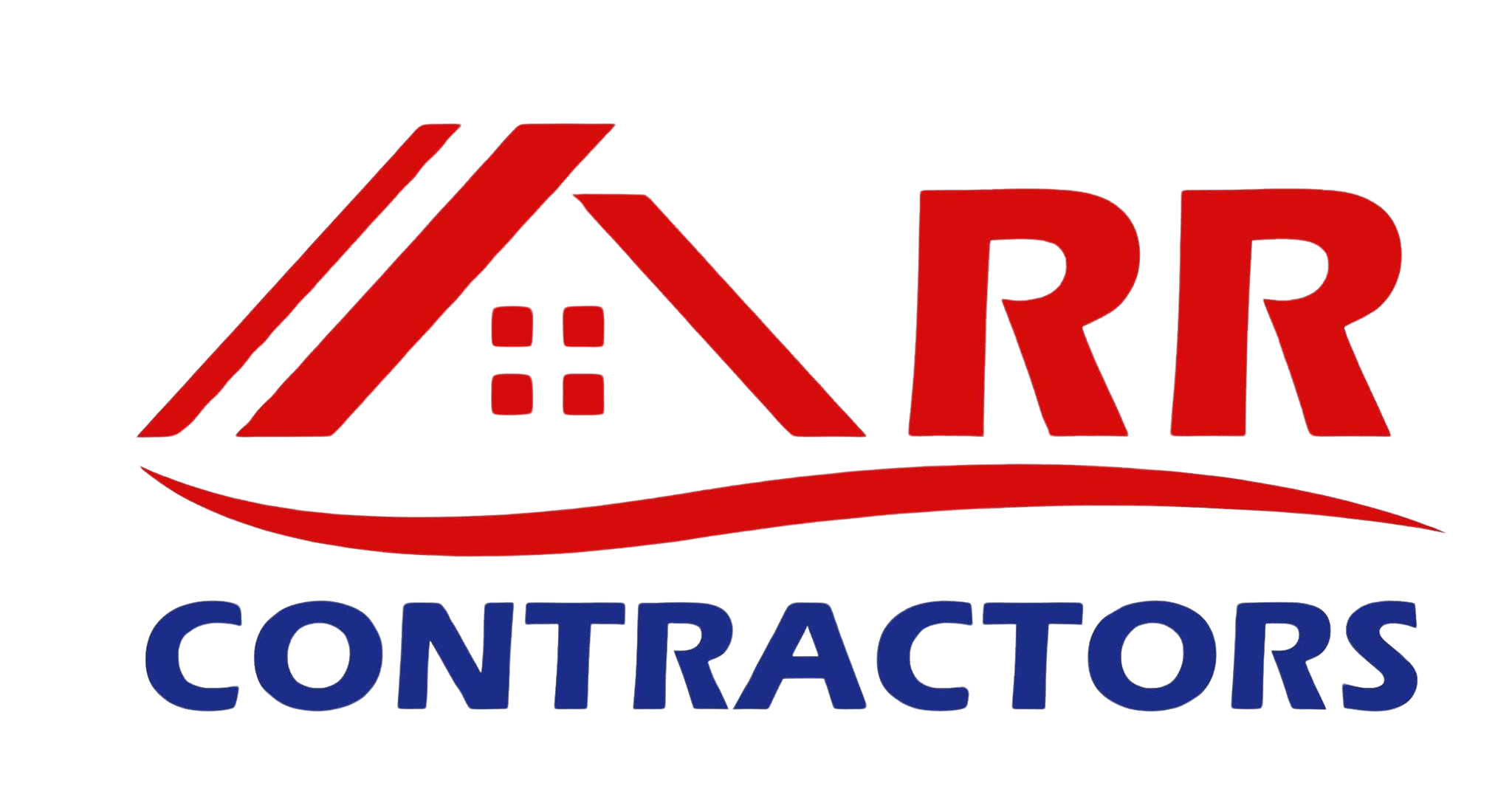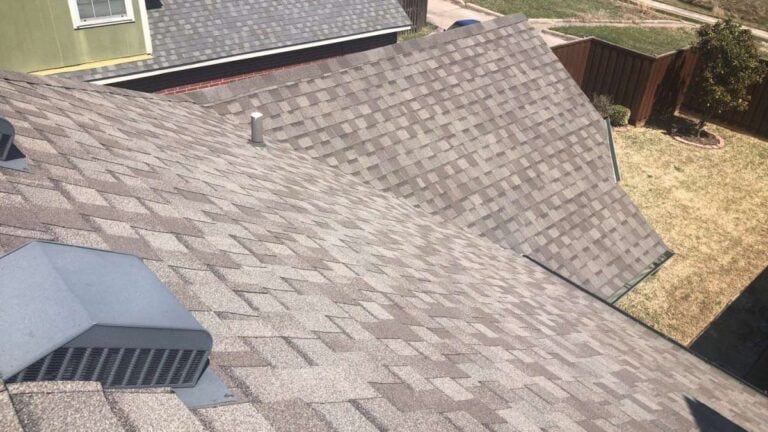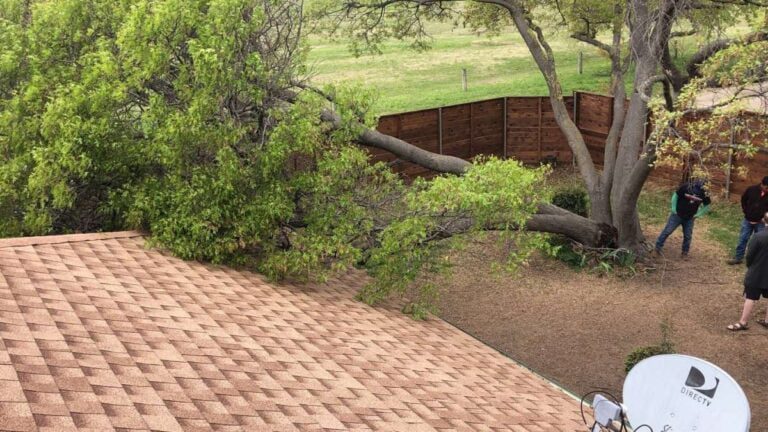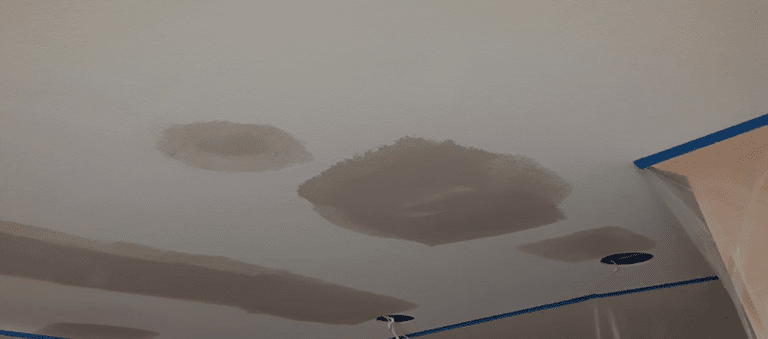One of the most frequent problems we get called for is hardwood floor repair water damage. But the problem is that many homeowners call us too late when the problem will almost always require refinishing or replacement. Here are some tips and observations on how to spot, prevent and minimize damage to your floors.
Prevention is Always Cheaper
The first thing to keep in mind is that preventing the damage is always less expensive than water damage floor repair. Your wood floor’s polyurethane coating is specifically designed to keep water and dirt from ever coming in contact with the wood. Though it is not fully waterproof. Keeping this protective layer in good condition is the best defense against hardwood floor repair water damage. Cleaning with a proper wood floor cleaner and a microfiber mop will not dissolve the polyurethane finish and will help it last longer. With that in mind, water is an insidious enemy of hardwood floors.
What Are The Signs of Water Damage on My Wood Floors?
The damaging effect of water accumulates over time. By the time you notice the actual signs of water damage, it has already affected the material and hardwood floor repair water damage is inevitable. One of the first signs that water has damaged your floor is the cupping of individual planks because wood expands as it absorbs water.
Another sign is black or dark stains across the wood planks or along the edges. This staining is most often the result of mold growing and rust appearing along the edges of the board near the nails. This condition apparently requires water damage floor repair.
Where Did the Water Come From?
Before you attempt water damage floor repair, the first step is to identify the source of the leak. Without approaching the initial source of the problem, the repair will only mask it and the leak might come back over time. External sources of water are often the first place to check. If there is staining by windows or doors, it’s likely that water is seeping underneath the door sill or down the framing on a poorly installed or older window. You might notice signs of water on the drywall in the form of peeling paint or staining, especially around windows. But there are a plethora of internal sources of water that might lead to the need for hardwood floor repair water damage. These are water heaters, radiators, refrigerators, and dishwashers.
Keep that information in mind when dealing with water damage floor repair.




